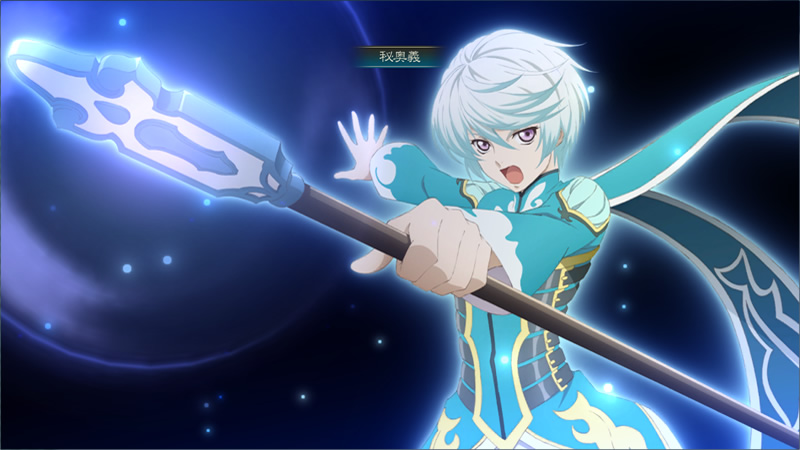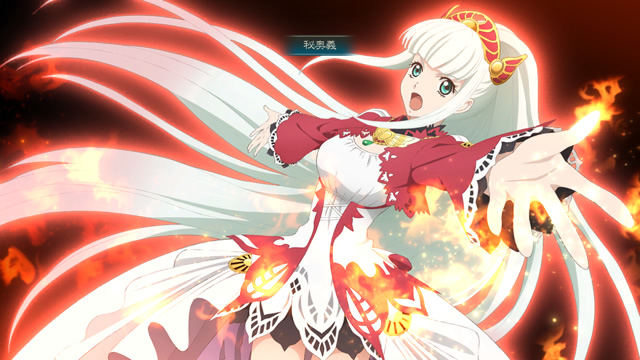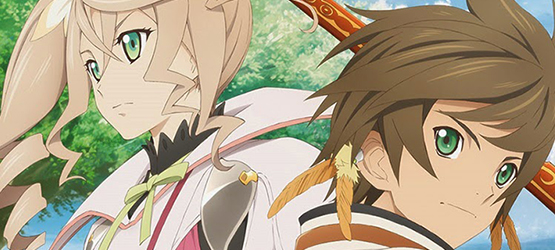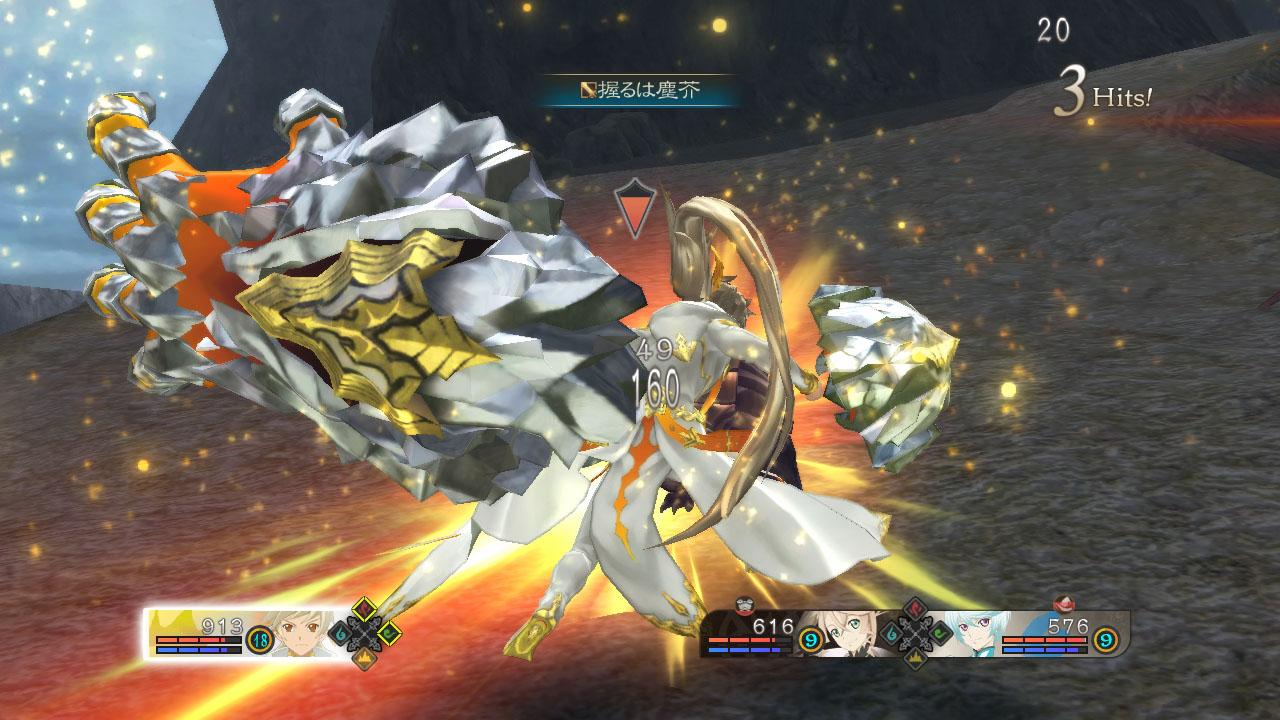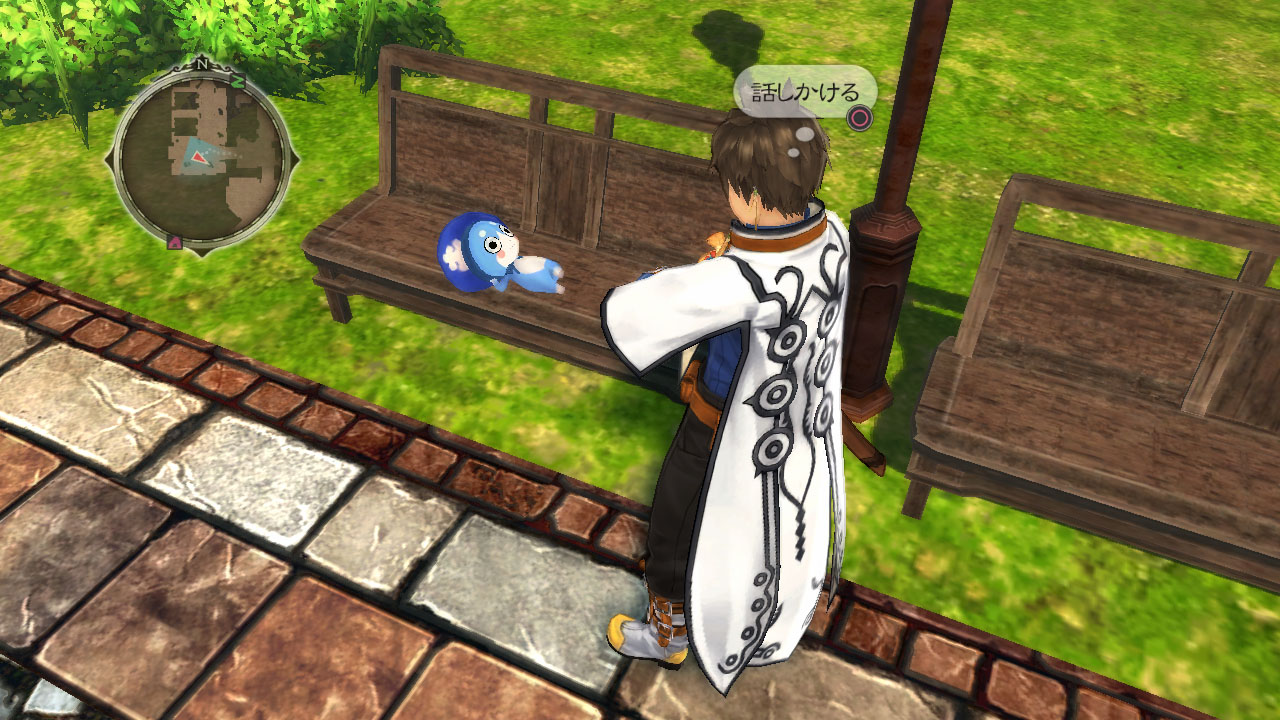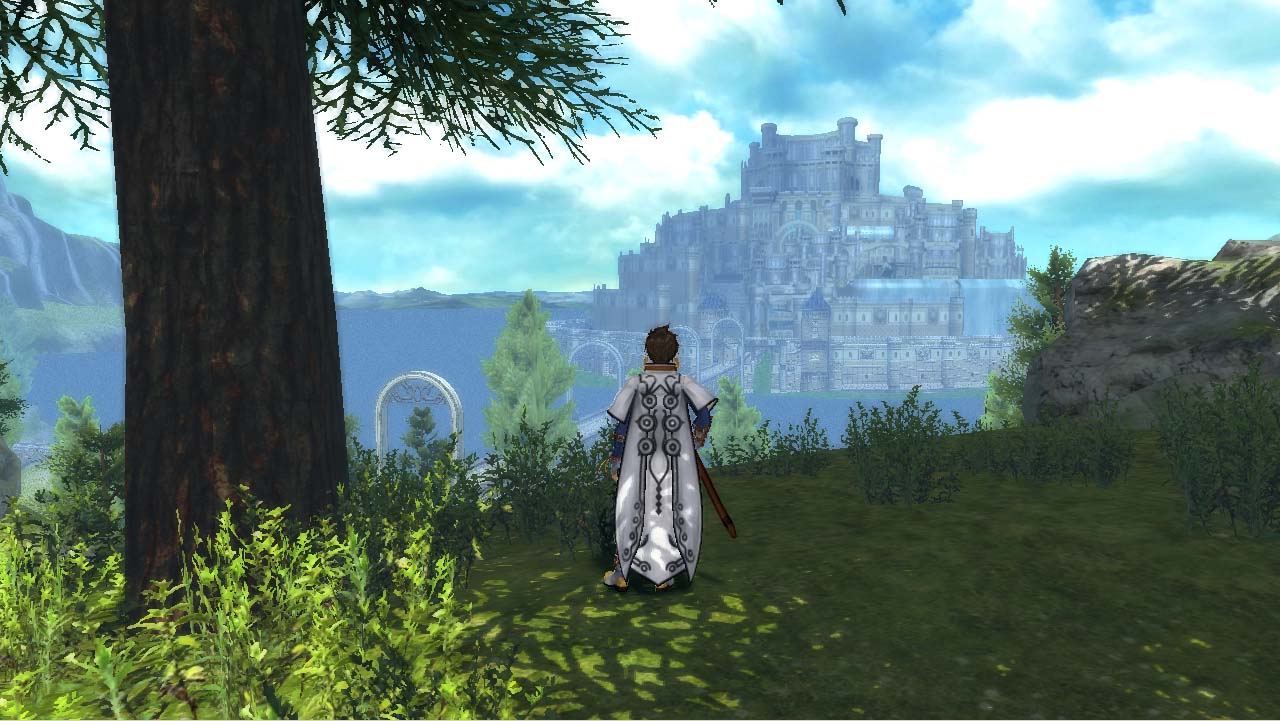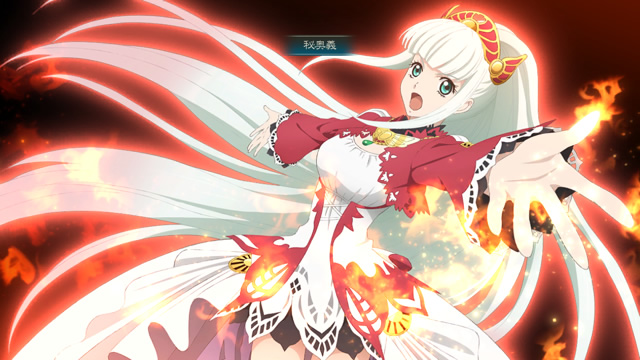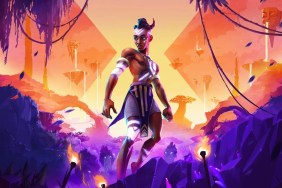Games with open environments have become a trend lately in Japan, as the region continues to play catch up – having fallen behind in the previous generation when stacked against its western brothers. The latest game to shed its old design philosophies is Tales of Zestiria, the latest game in the storied Tales franchise which is seeing its release in celebration of the series’ 20th anniversary.
A Story of Passion
Taking place in a fantasy realm not too far removed from games of Tales past, Tales of Zestiria takes place in a traditional fantasy world and follows the story of a young man named Sorey, who just happens to have the special ability of being attuned to spirits. Having grown up in a village of “Tenzoku” or “Seraphs” Sorey has the ability to see these mythical beings while normal humans cannot. One day while exploring an ancient ruins with his childhood friend Mikleo, Sorey bumps into a girl named Alisha who sets his path in motion to travel to the world outside the village and become the Shepard of legend who will guide the world toward peace from dark forces called Hellions. The theme of the story is “passion” which can be seen in each of the characters and their individual goals throughout their adventure.
Unlike many games in the Tales series, Zestiria’s story is fairly straightforward – lacking any big twists and turns; instead we’re faced with a narrative following more along the lines of the RPGs of old. The game’s characters are likeable but the events they find themselves in tend to happen for no rhyme or reason – they just do. That said, the story itself is still interesting for what it is even though it falls a bit flat toward the second half of the game. Later on plot elements become scattered about and several things happen without any apparent build up. Much of the latter parts just felt average, muddied even more by high teleport fees and constant flip-flopping between areas. This is disappointing because the first half of the story starts off quite strongly and the characters in it are likeable all around.
Real Map Action RPG
As those familiar with the series know, the Tales of series prides itself on being an action-based party role-playing game. Fighting occurs in real time as the player takes control of the main character with the other three members instructed by somewhat customizable AI settings.
Battles take place in an enclosed area of the map and – unlike previous games in the series – battle transitions have been minimized to an extraordinary degree. Instead of traditional RPG cutaways battles in Zestiria transition into the same portion of any given map your character is currently occupying. While not entirely seamless, it does provide a greater sense of environment rather than shifting to an instanced zone.
Similar to the battle system found in Tales of Graces, Zestiria’s mechanics are designed around the series’ Linear Motion Battle System – but with a twist. Near the start of the game, players are given the option to fuse with other characters. Known as Seraphs, these characters represent the four major elements and give Sorey their own special abilities accordingly. Known as “Kamui” or “Armitization” as officially coined by Bandai Namco, this form allows a bit of leeway with its heightened abilities, HP pool and an increase of other stats resulting in a timed boost of abilities that allows for extra damage.
Combat is engaged by approaching enemies and monsters that persist on the field – either by an enemy tagging you, or by you smacking one with your sword first which grants a bonus. The former can result in what is known as Dangerous Encounters, which give monsters bonuses and make them become more difficult to kill. Fighting is fluid for the most part — barring the occasional frame rate hiccup and camera mishap — and moves such as artes and side-stepping making for an importance on strategic maneuvering and attacking. Side-stepping appropriately fills what is called the Spirit Chain (SC) gauge, which can execute up to four linked attacks. Characters also have their own unique abilities called Mystic Artes which can be triggered to deal a burst of high damage .
Skills and Equipment Become One
The skill system in Zestiria relies not on a grid or any sort of progression chart, but this time skills are afforded to equipment. Each piece of equipment can have for skill slots with various combinations giving bonuses. Of course, Sorey and friends still gain levels through normal combat methods and the majority of upgrades come from shops or treasure chests littered in dungeons. My thoughts on this sort of system are indifferent for the most part. It would have been nice to have a better sense of stat placement and control, but I can understand the need for a more “traditional” system in light of the game’s themes.
Zestiria places a large focus on its world — that much is evident in the game’s push toward exploration and overall map design. The game is designed similar to that of many western open world games with an emphasis on seamless cut-scenes integrated into real time locations. What that means is you’ll walk up to a point and trigger a scene that the characters continue to walk straight into. without any loading or real screen transition.
Because of this, Bandai Namco has implemented some unique skills that can be used to interact with certain obstacles, which are mapped to the d-pad and used to ignite pillars or barriers, shield oneself from view, cross giant spaces and break in-path objects. Each character also has a supportive ability that can be leveled and includes things such as cooking and currency collecting. These actions happen automatically as you’re progressing through the game.
An importance is also placed on side-quests with them being a method of gaining new skills through exploration. Little creatures known as Normins are hidden throughout the land and can be given certain items in exchange for useable skills.
An Open World With Some Issues
The zones themselves, though are absolutely huge — much larger and more open than the fields in the recent Tales of Xillia games. Instead of patchy flat areas of land to run through, Zestiria’s locations give that greater sense of exploration with enemies and points of interest such as caves scattered about.
This change of direction, however, comes at a cost and it’s evident that the team’s first time out with these sorts of design philosophies didn’t end up the best. Zestiria’s world looks nice at a glance, but once you start to run through it you get the feeling that it could have been a lot more. There just isn’t much to do out in the open areas and ultimately ends up being just another bullet point on the box with barely any actual substance.
Technically Unsound
One thing Tales of Zestiria has going for it is its art direction. The watercolor style does well here to create painting-like views of the towns, fields and characters and the overall aesthetic is quite pleasing. There is, however, a massive caveat to all of this in that the visual quality of the game definitely took a hit during its transition to a more open setting. Zestiria suffers from dodgy image quality, low-resolution textures and a framerate that buckles when the slightest bit of weight is thrown at the engine. It’s clear that the ambition here was far beyond the reach of the hardware its on and amounts to, to put it simply, a great shame.
Visual dependencies aside, Zestiria’s soundtrack is highlighted by the soothing tunes of Motoi Sakuraba who is joined by Go Shiina. The latter’s work is most evident in each of the four elemental dungeon trials and mixing up the mood away from classic Tales fare.
Tales of Zestiria is a good game but it comes well short of being great. It’s a serviceable mid-tier RPG that’s come out on the last legs of the PlayStation 3’s life but ultimately that’s all it is. If I could describe Zestiria in one word it would be: Ambitious. It’s clear that the developers were going for something beyond the mold and they succeeded — to an extent. Gone are the restrictive, repetitive designs of Tales past and in its place a take on the modern, open world game that so many are now striving for. Zestiria’s strengths are in its characters and story and even though the variety is lacking, being able to run around and explore feels good too. The open world part of it is still flawed though, but as perhaps the widest Tales game to date it’s a step in the right direction.
Game purchased by reviewer. You can read our Review Policy here.
-
Likeable cast and variety of characters
-
Fast-paced battle system
-
Interesting, more traditional Tales story
-
Many areas to explore and points of interest to discover
-
Beautiful art direction
-
Go Shiina's rocking tunes
-
Technical problems galore
-
Subpar visuals
-
Distracting camera at times
-
Story falls flat a bit in the second half
-
Zones, while big, are too bare
Tales of Zestiria
-
Tales of Zestiria Screenshot
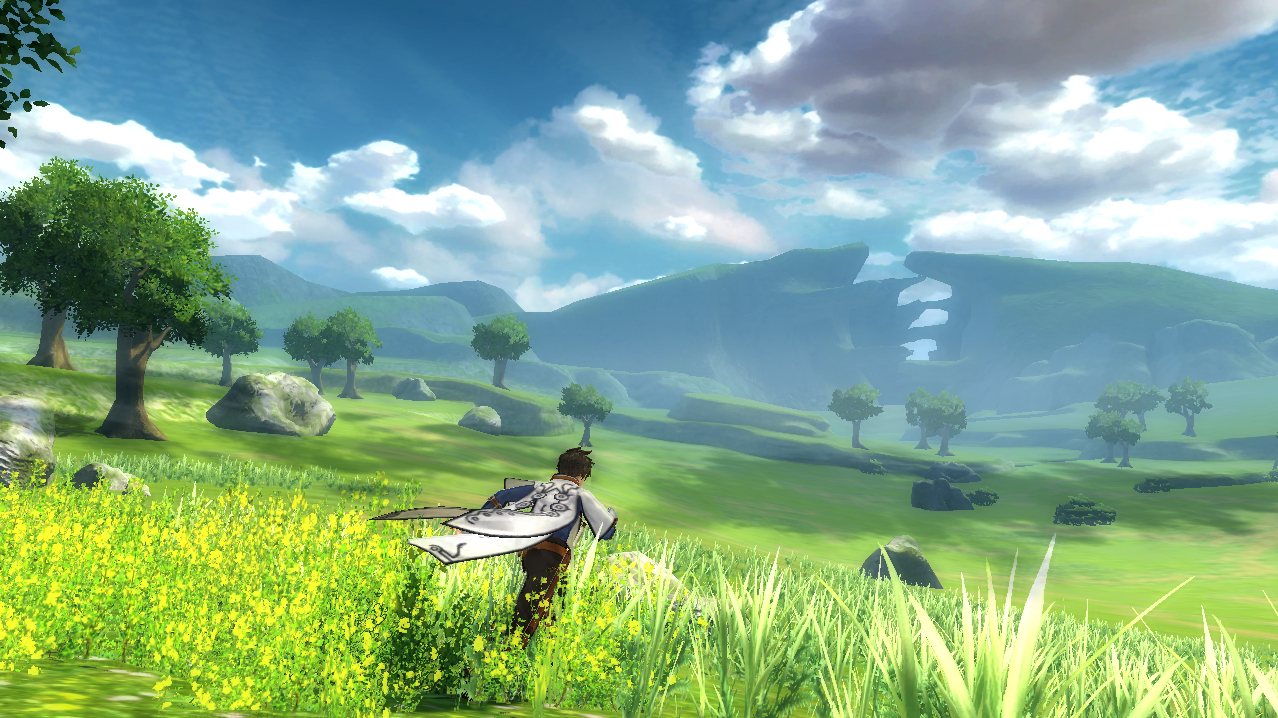
-
Tales of Zestiria Screenshot
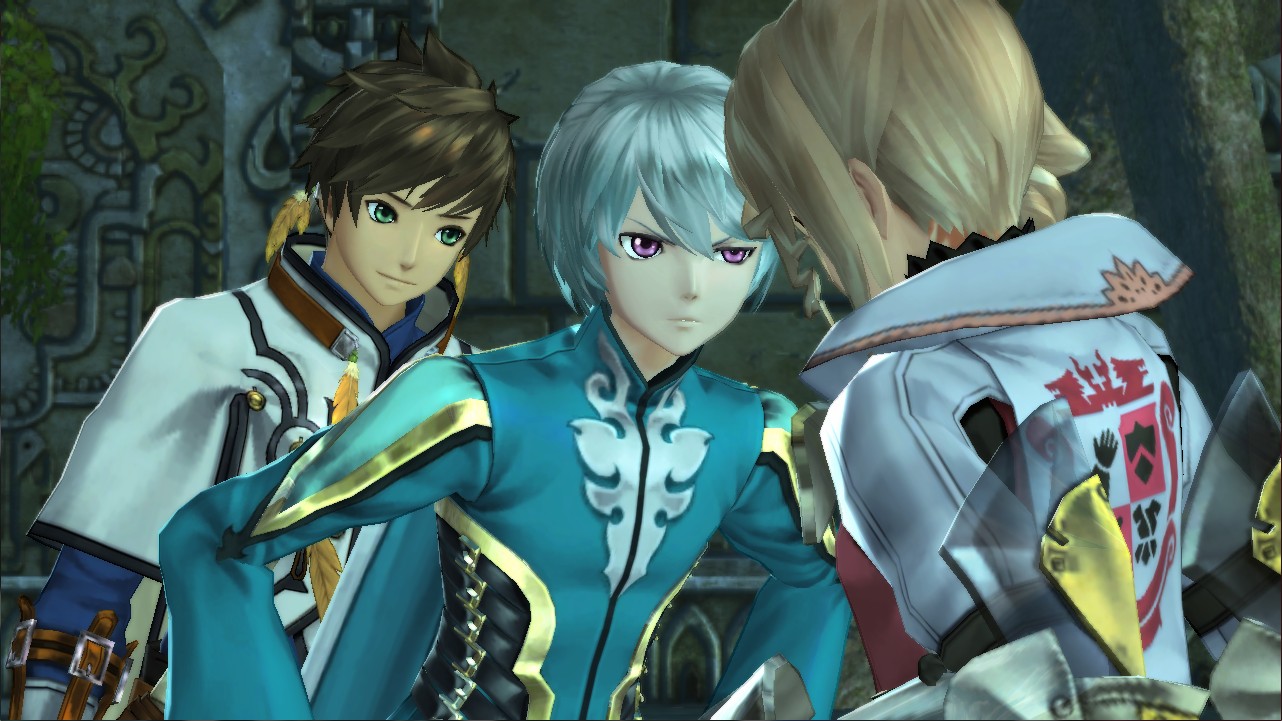
-
Tales of Zestiria Screenshot
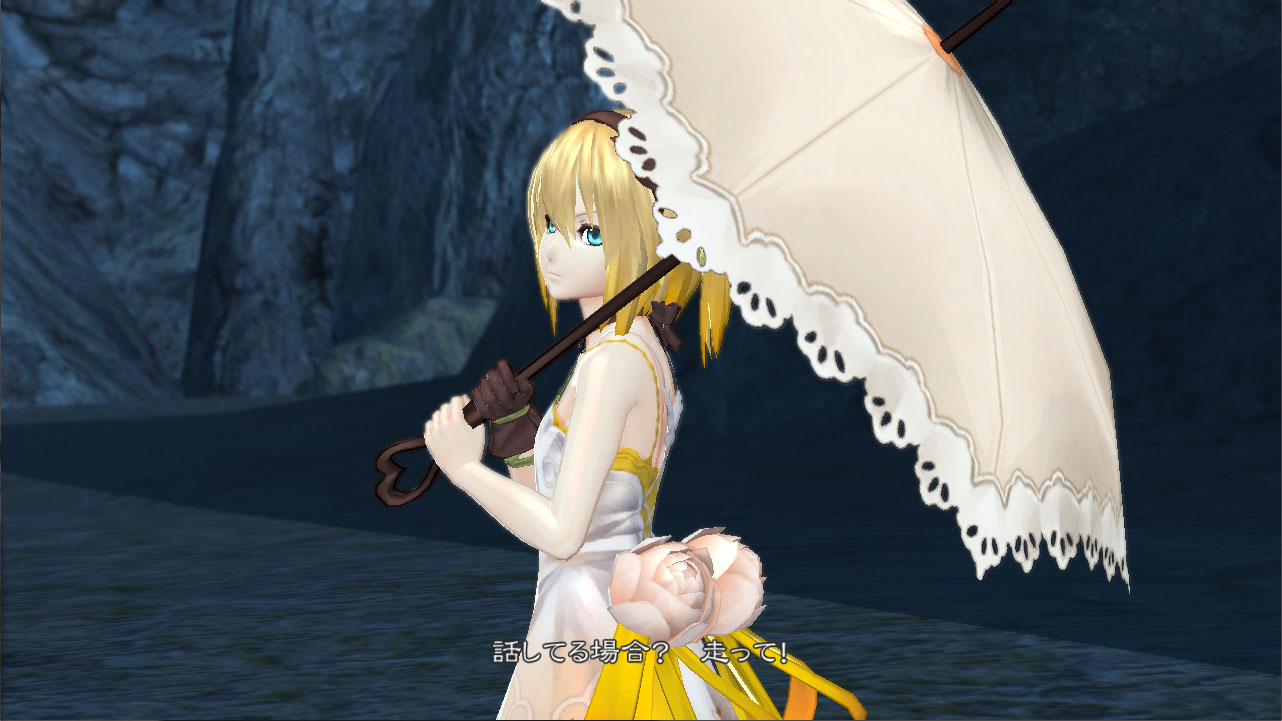
-
Tales of Zestiria Screenshot
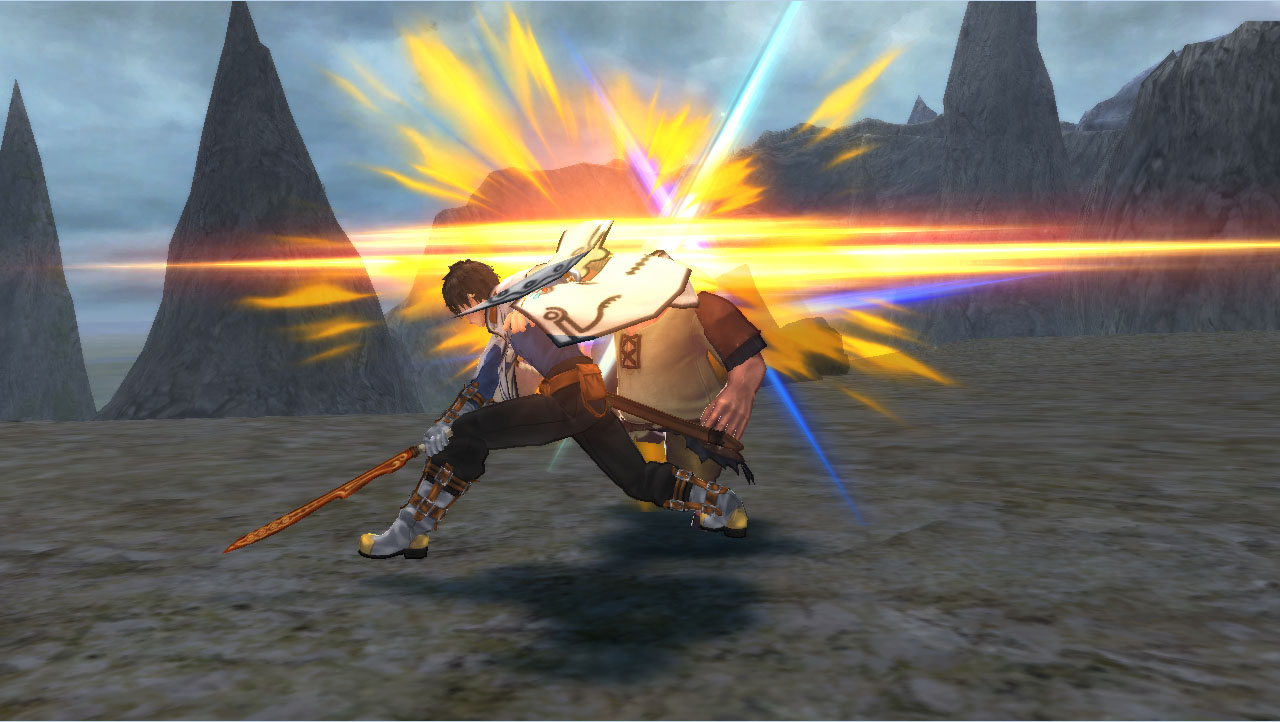
-
Tales of Zestiria Screenshot
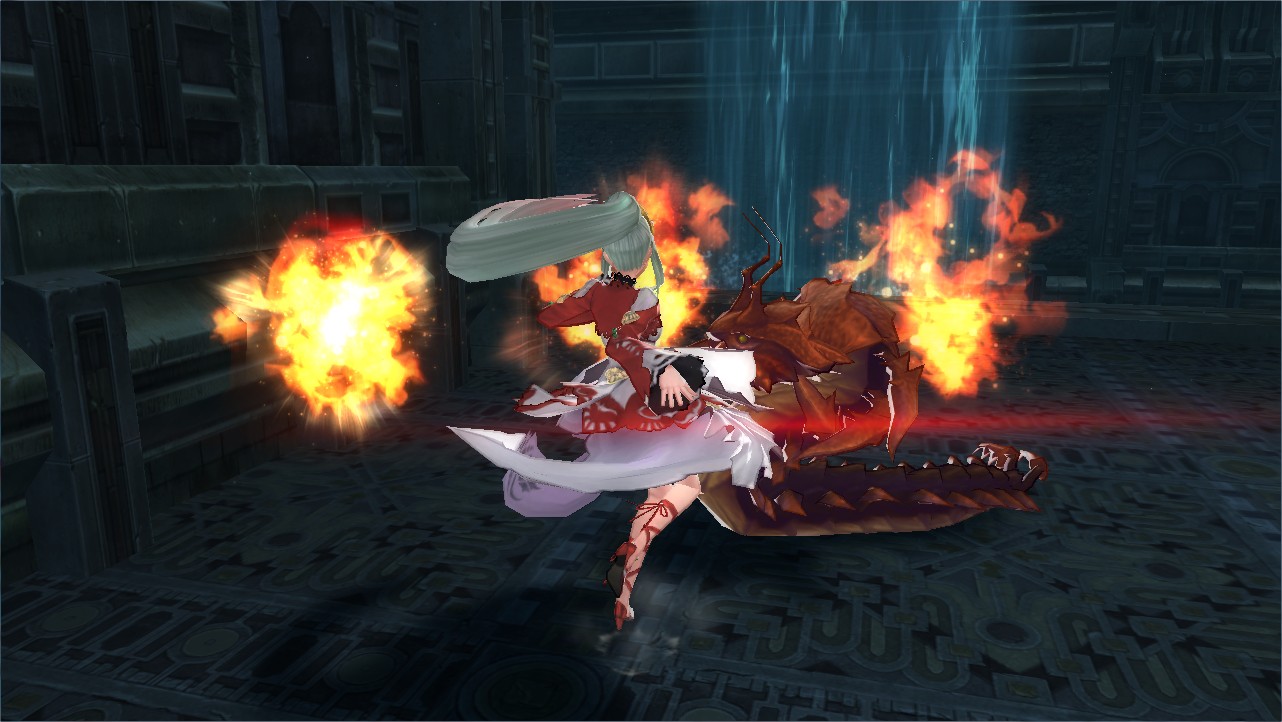
-
Tales of Zestiria Screenshot
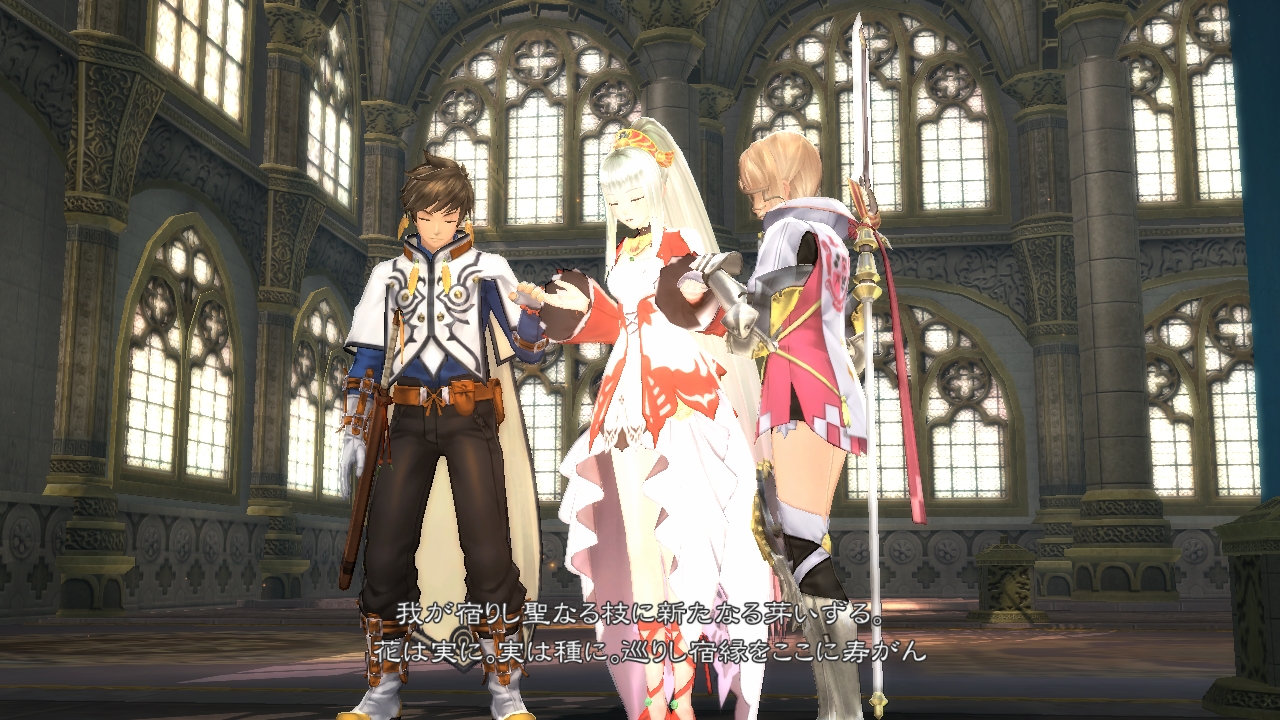
-
Tales of Zestiria Screenshot
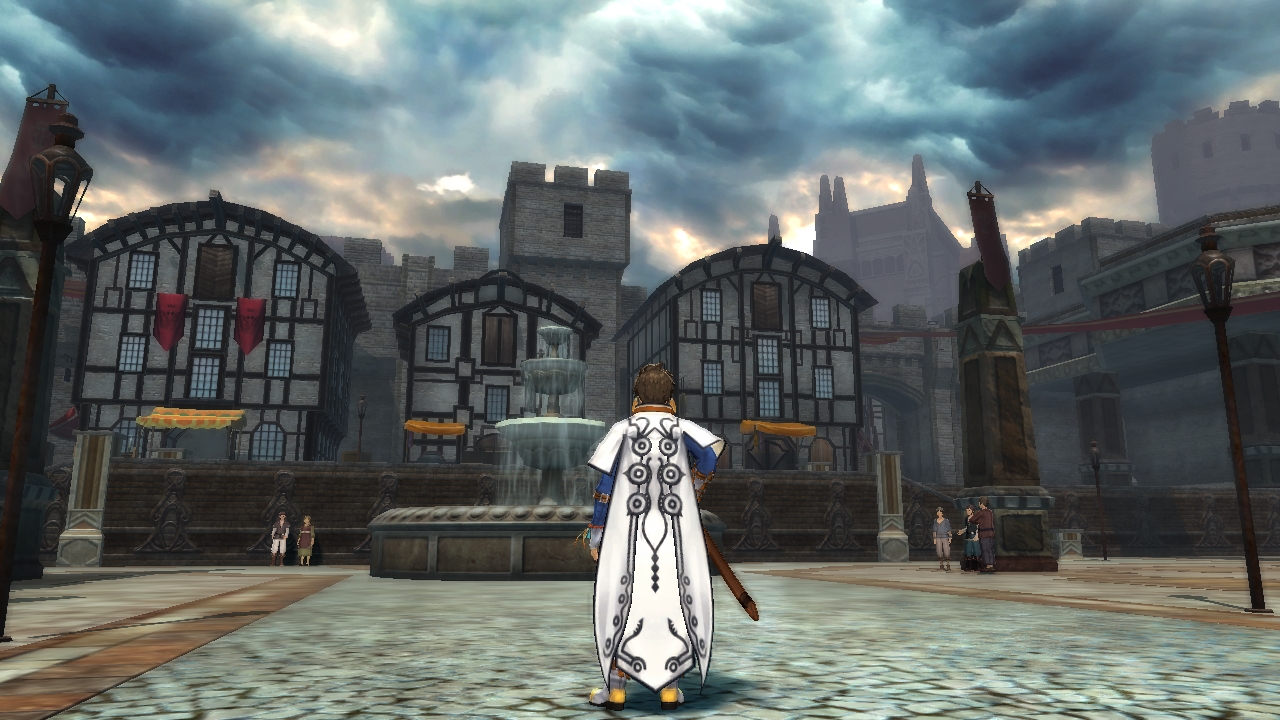
-
Tales of Zestiria Screenshot
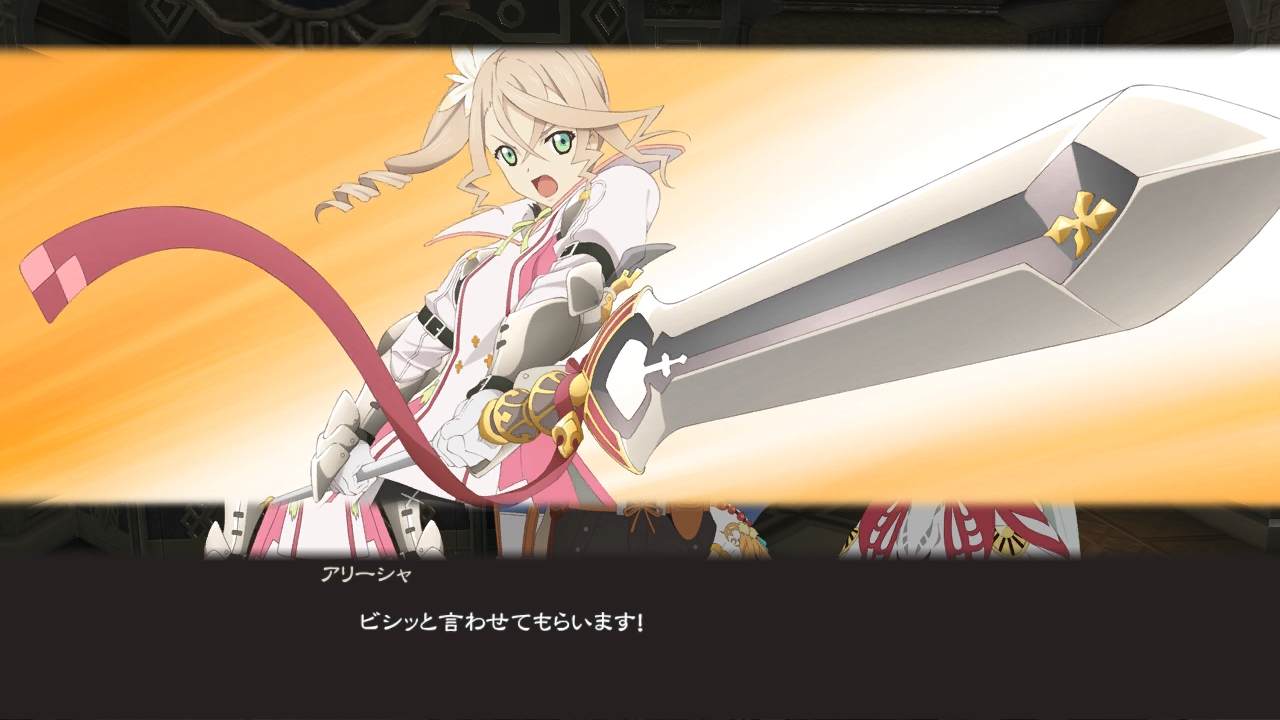
-
Tales of Zestiria Screenshot
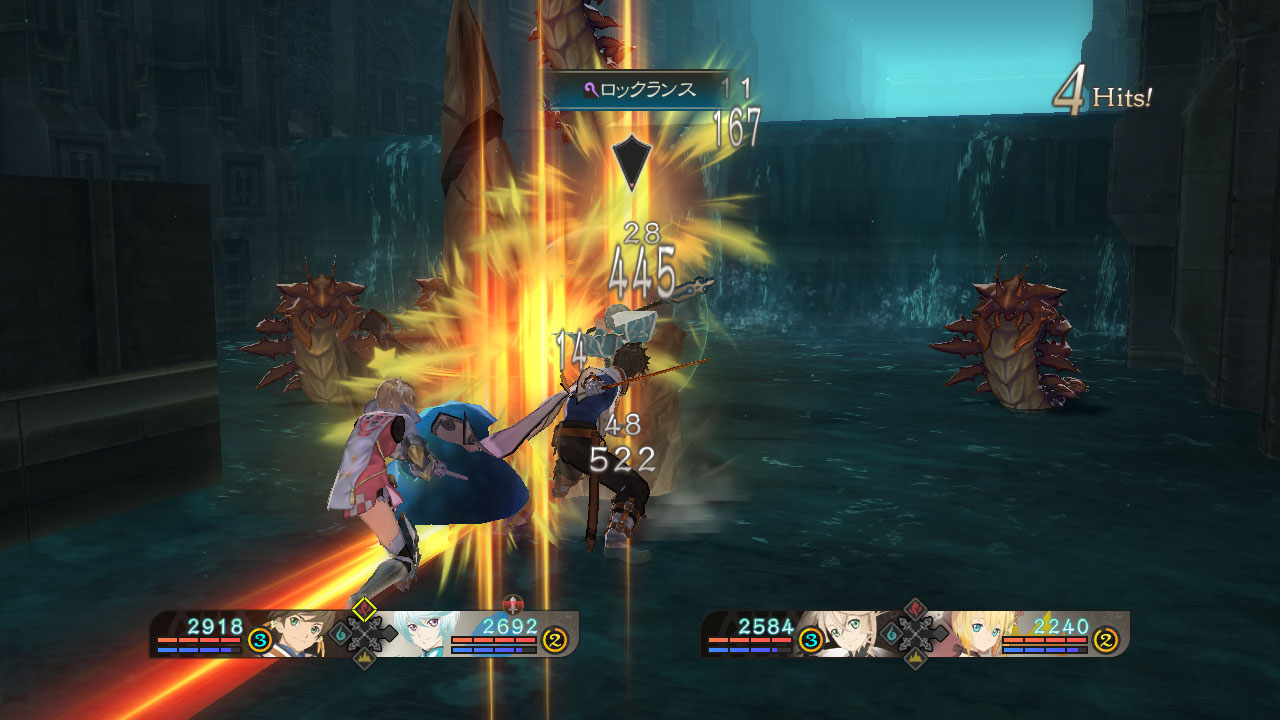
-
Tales of Zestiria Screenshot
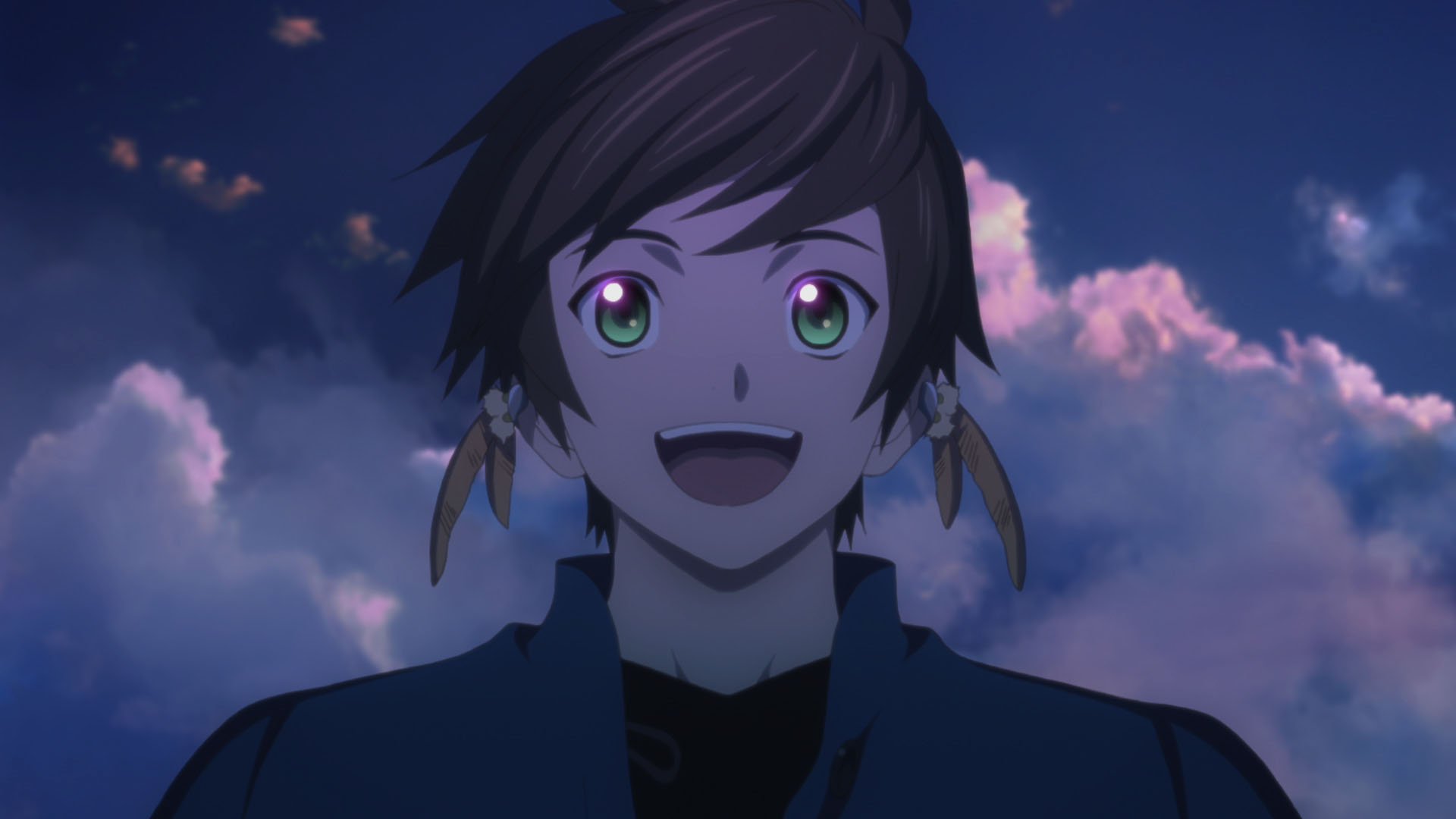
-
Tales of Zestiria Screenshot
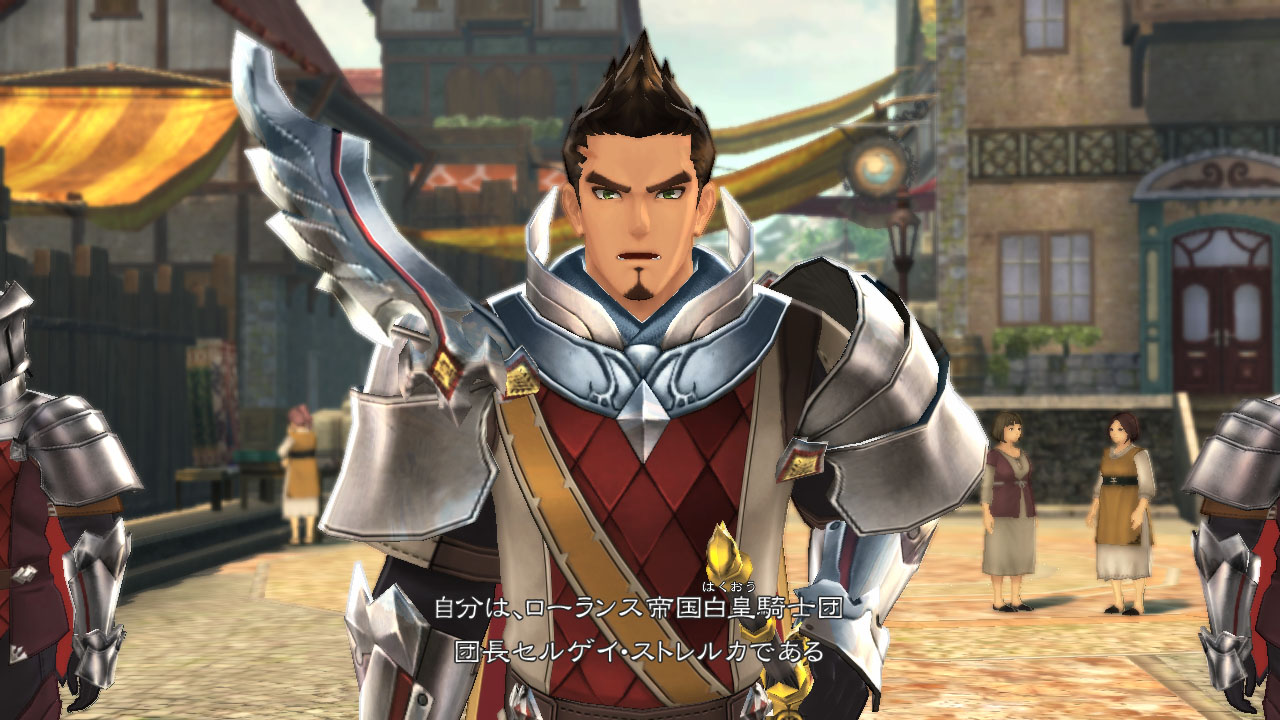
-
Tales of Zestiria Screenshot
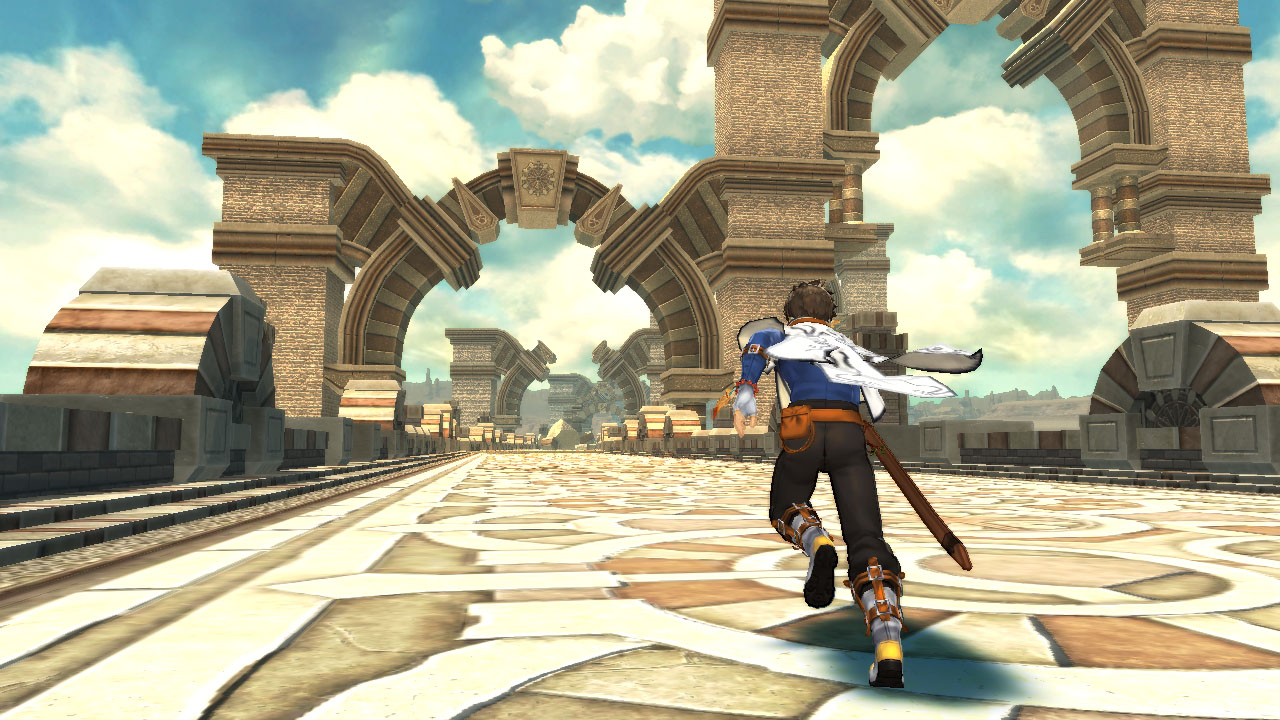
-
Tales of Zestiria Screenshot
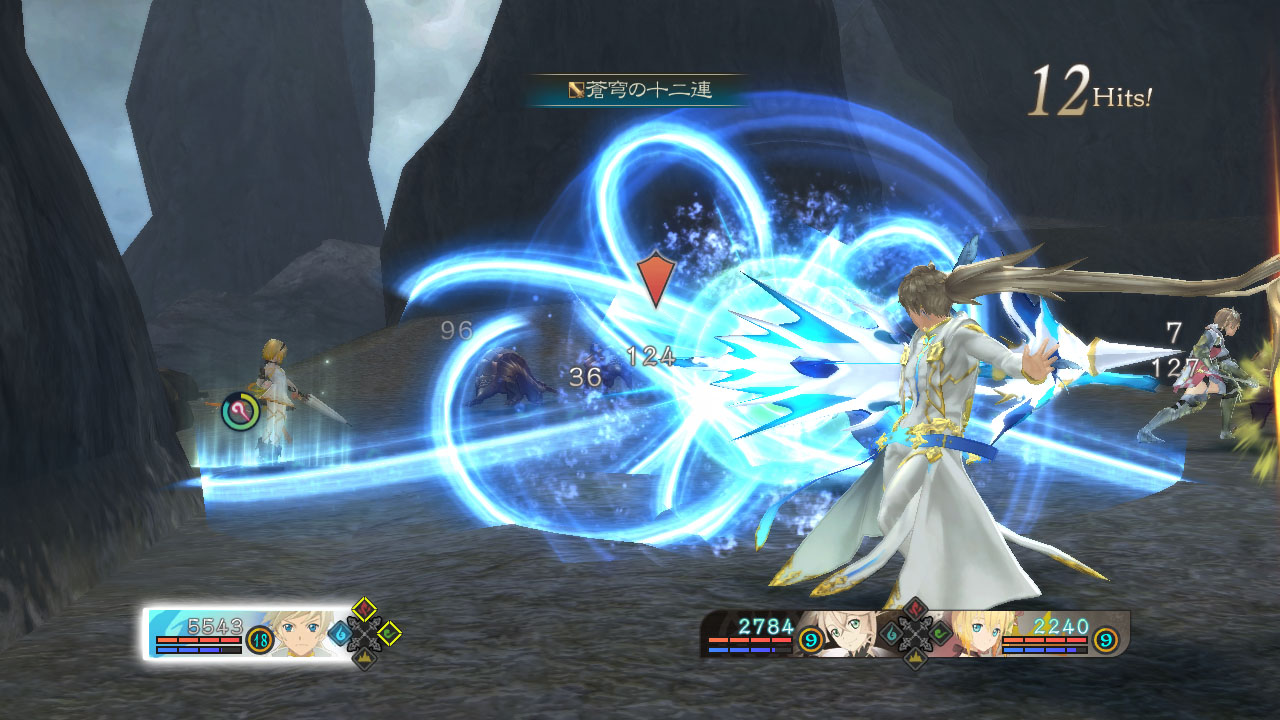
-
Tales of Zestiria Screenshot
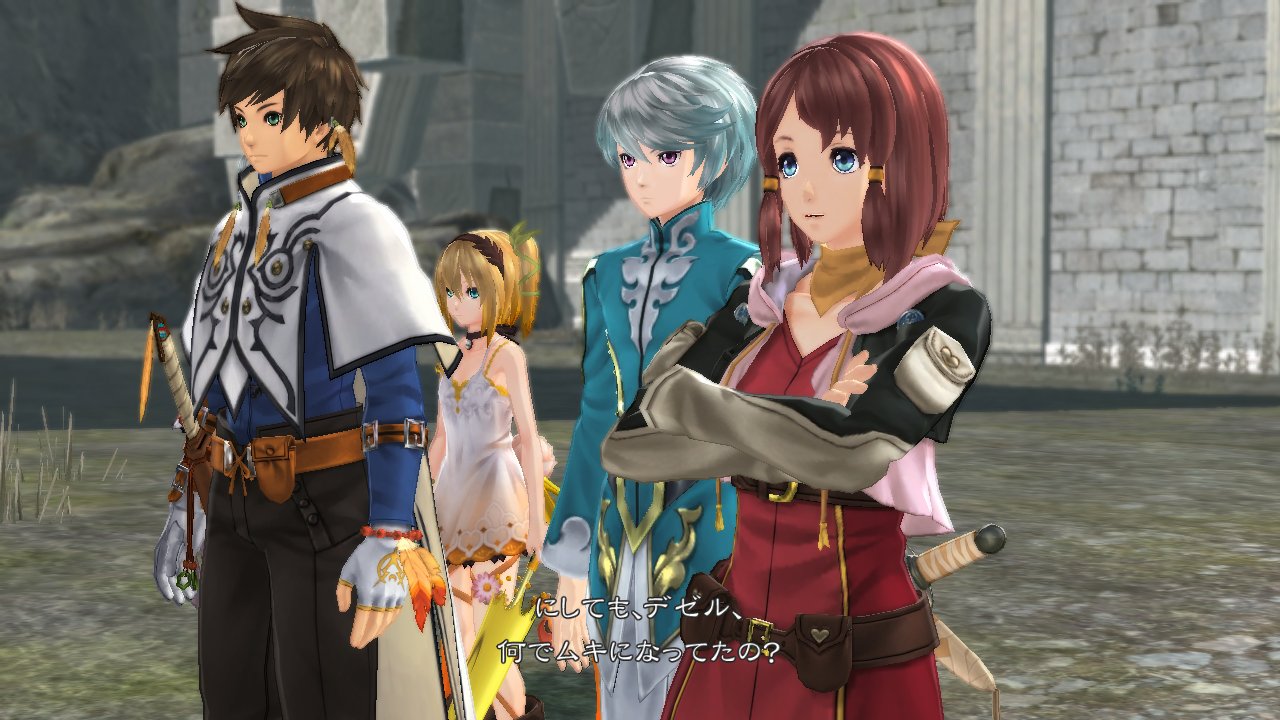
-
Tales of Zestiria Screenshot
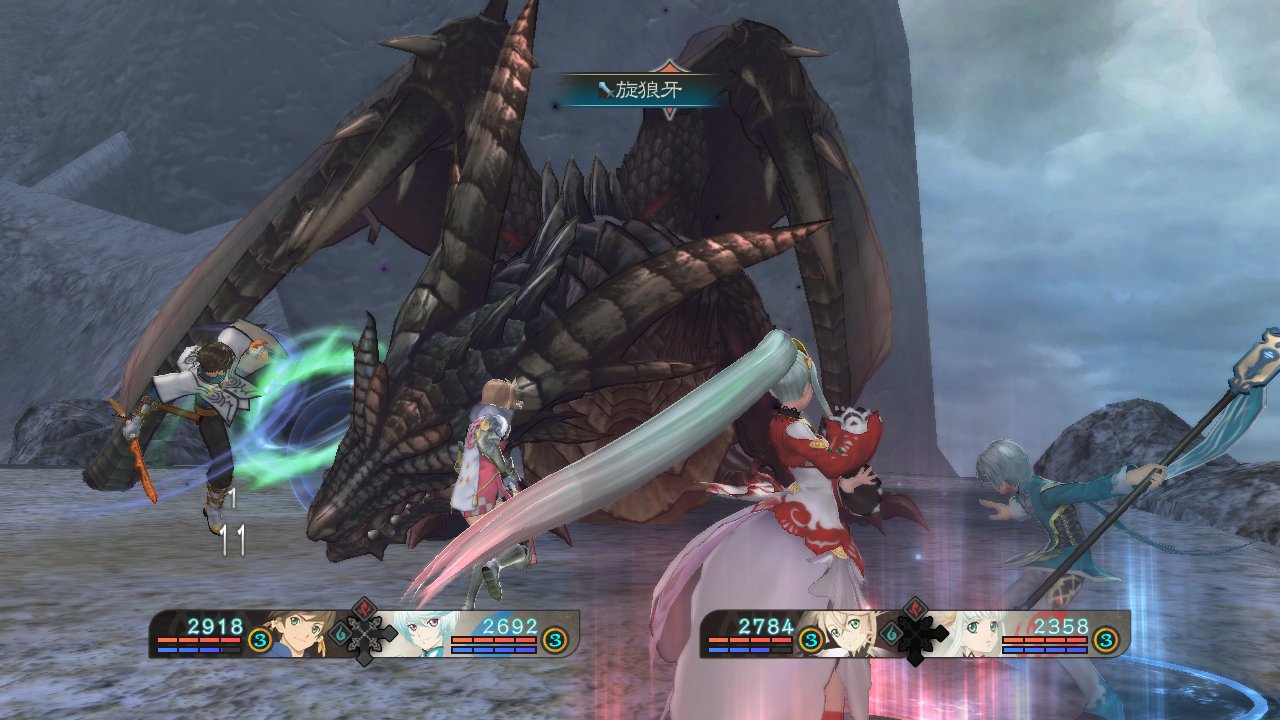
-
Tales of Zestiria Screenshot
